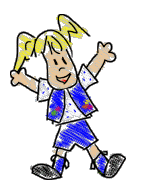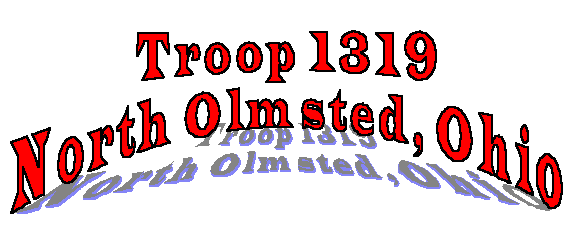

About Us
Surfing the Web
Making Web Pages
Interest Patches
Fun Stuff
 |
 |
Home About Us Surfing the Web Making Web Pages Interest Patches Fun Stuff |

|
[These connections are permanent, meaning that these computers do not dial each other whenever they want to talk; they already have dialed, they just do not hang up. And the telephone lines are REALLY big and REALLY fast: LOTS AND LOTS of mail trucks and letter carriers RUNNING your letter all over the place.]
[Remember, the web is only a part of the Internet.]
and compare that when writing a letter to:
[Actually, any computer that asks another for information is a called a "client," and any computer that provides information is a called a "server." Sometimes servers become clients and clients become servers...but we won't get into that.]
Want more information?
THE INTERNET COMPANION, |
|
All of the graphics, audio, and JavaScript on this website was either made by us or
obtained from sites on the web which either encouraged or did not specifically
deny its free use on "personal" webpages. We do not believe in stealing. If we have inadvertantly
used a graphic or audio clip that you own and you wish to us to remove
it, please e-mail us and we will sadly (but willingly) do so. If you like a graphic on
our page and wish to use it, please follow the link to the provider's page to obtain it.
A complete list of graphic, audio, and JavaScript acknowledgements can be found on our
acknowledgements page.
This page:
Graphics by:
Audio by: Camelot
| |||
|
© 1997 Troop 1319, Lake Erie Council North Olmsted, Ohio Last updated: 1/24/98 |